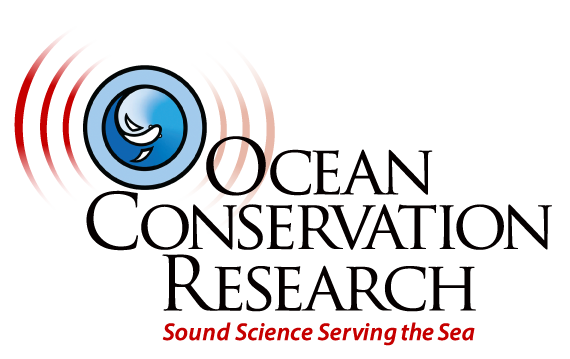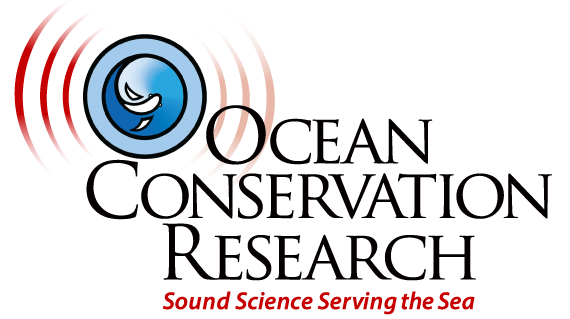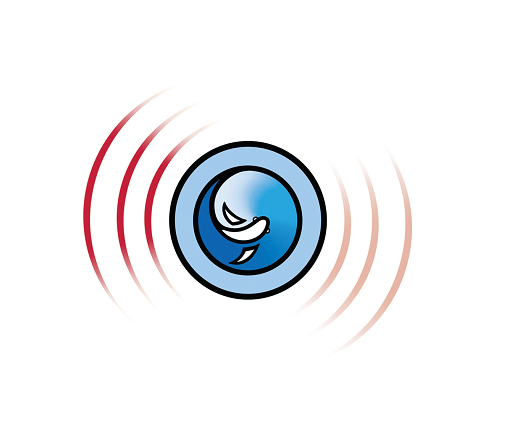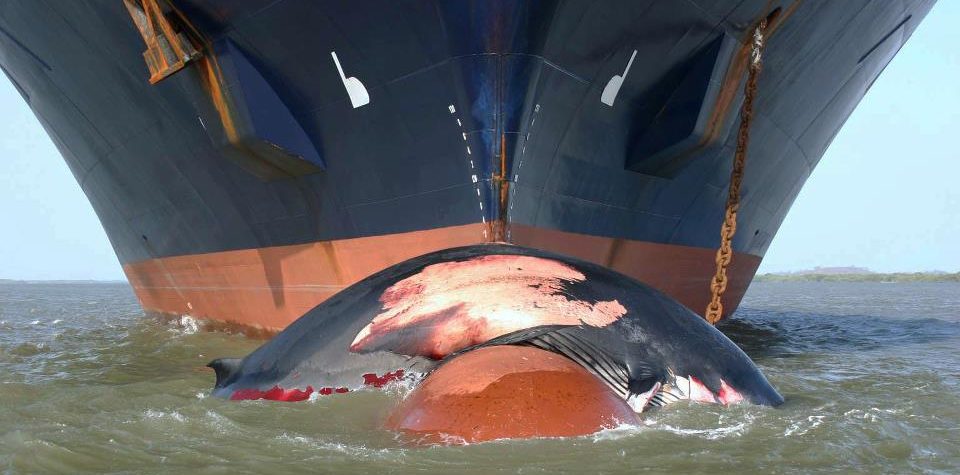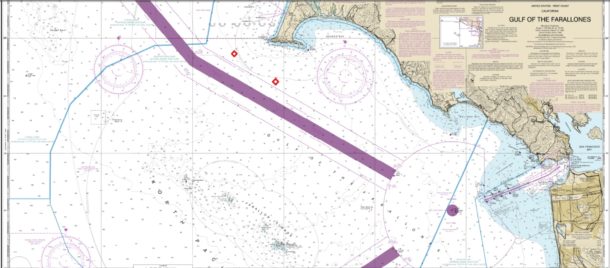Ship collisions, known as “ship-strikes,” are one of the greatest threats to whales along the west coast of the United States, particularly for baleen whales such as the blue, fin, humpback, and gray whales. In a study by Point Blue Conservation 2017, it was estimated that annually some 20 blue whales, 22 fin whales, and 28 humpback whales are killed by ship-strikes along the west coast alone. Since 2017 we have seen a concerning increase in the number of whale strandings. In 2021, there have been 14 whale strandings to date in the Bay Area alone – five (that we know of) have died from collisions with vessels.
It is evident that more research must be conducted to address this growing critical problem for marine mammals. The Farallones Hydrophone Project will be the very first to deploy broadband hydrophones (underwater microphones) that will capture the wide range of ocean sounds with a bandwidth wider than our human hearing range. This will allow us to geographically locate whales in the Farallones National Marine Sanctuary and study their behavior around the shipping lanes. We will also be able to study other sound sources in the working aperture of the hydrophone array – everything from beaked whales and dolphins to seal bombs and communication sonars.
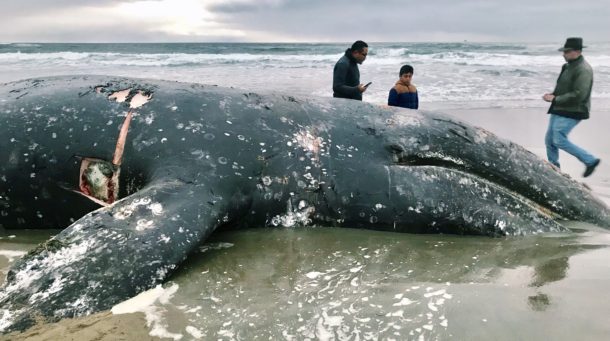
Ninth dead gray whale found in the San Francisco Bay Area in two months. Credit: Daniela Huson
The Farallones National Marine Sanctuary is one of the most abundant cold-water upwelling areas worldwide – and a year-round feeding area for many cetaceans, including rorquals (blue, fin, sei, and minke whales), humpbacks, sperm whales, beaked whales, rissos and bottlenose dolphins, and harbor porpoises. The Sanctuary also contains the shipping lanes for the Port of Oakland – with a working capacity of ~3 million containers shipped in on ~3000 container ships; the sixth largest capacity of all US ports and thus a high incidence of “ship strikes.”
Map of Point Reyes and placement of hydrophone arrays (see red diamonds)
